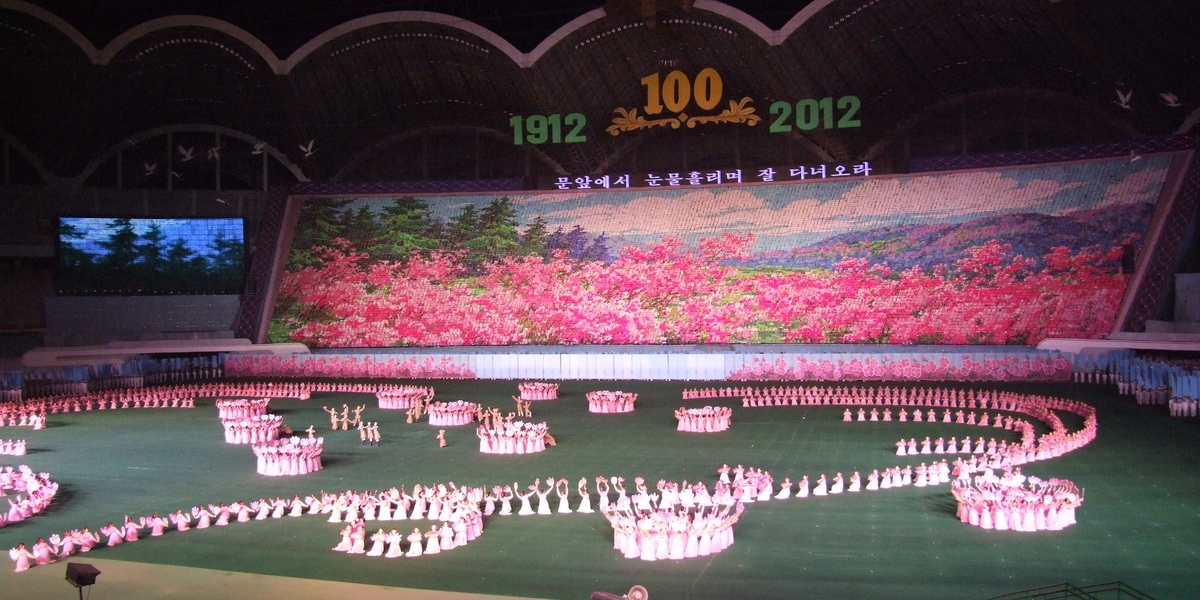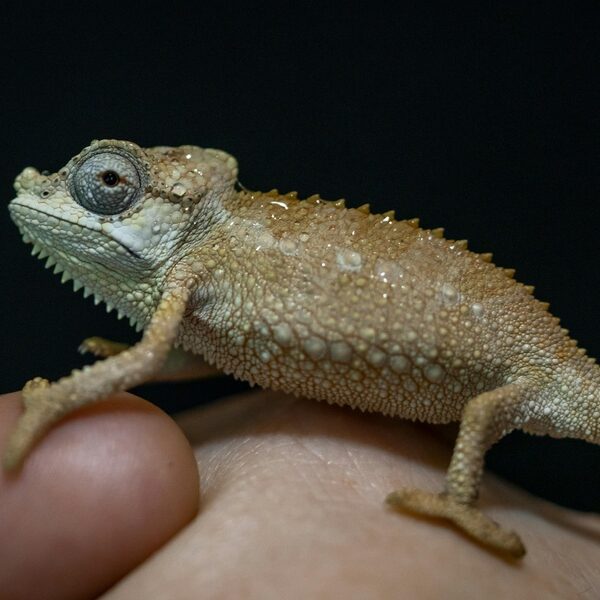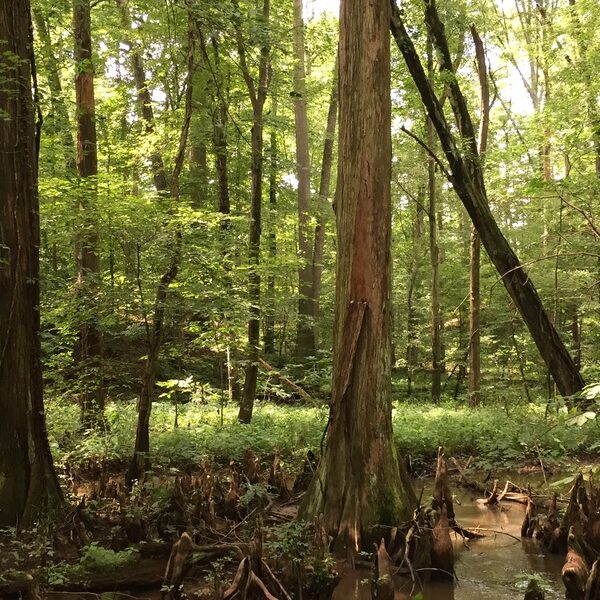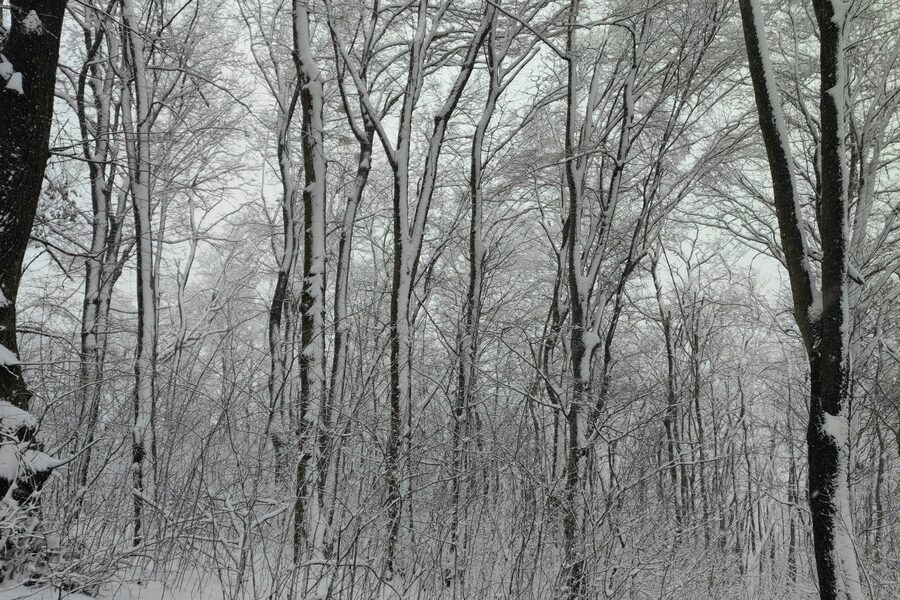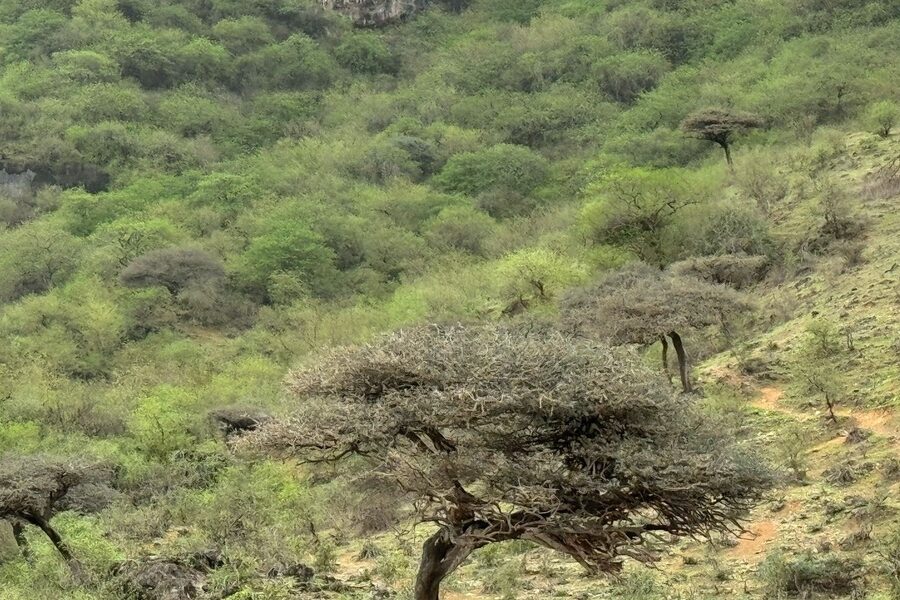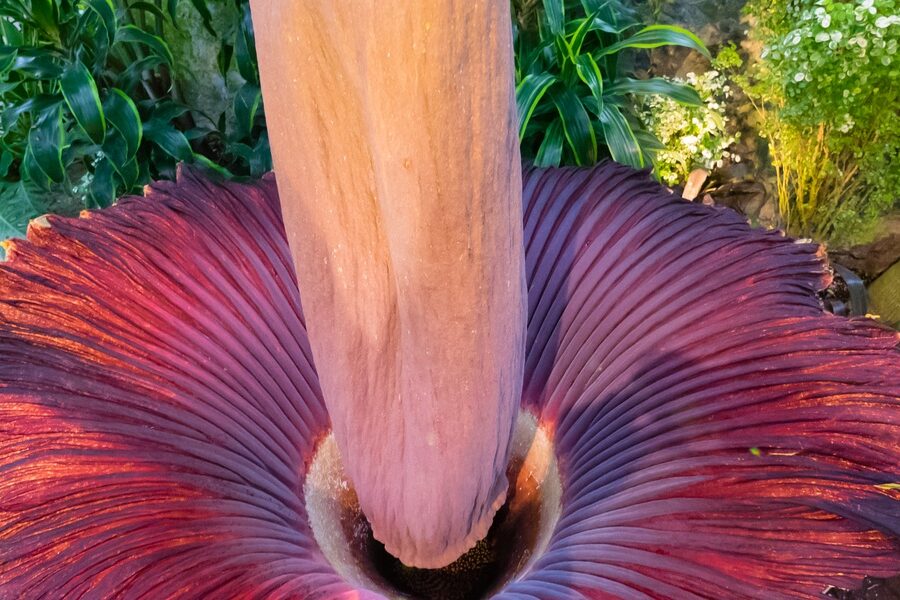North Korea’s varied terrain — from low coastal plains to rugged mountains — supports a surprising variety of wildflowers that change with the seasons. Despite limited access for visitors, botanical records and local observations paint a picture of plants woven into the country’s landscapes and traditions.
There are 40 Flowers of North Korea, ranging from Amur Adonis to Tiger Lily. For each species the list shows Scientific name,Flowering season (months),Distribution in DPRK so you can see when and where each plant appears, and you’ll find those details below.
When do most of these flowers bloom across North Korea?
Bloom times vary by species and altitude, but many wildflowers appear in spring (April–May) and again in summer (June–August), with alpine and late-blooming species extending into September. Use the Flowering season (months) column in the list below to plan timing for specific plants.
Can visitors realistically see these species in the wild?
Some species are accessible in public parks and lower-elevation areas during their bloom windows, but many habitats are remote or protected; guided, authorized travel and local permissions improve chances of seeing them. Check the Distribution in DPRK entries below for likely locations.
Flowers of North Korea
| Common name | Scientific name | Flowering season (months) | Distribution in DPRK |
|---|---|---|---|
| Siebold’s Magnolia | Magnolia sieboldii | May–Jul | Nationwide in mountain forests |
| Kimilsungia | Dendrobium ‘Kim Il Sung’ | Year-round (cultivated) | Greenhouses nationwide |
| Kimjongilia | Begonia × tuberhybrida ‘Kimjongilhwa’ | Feb–Oct (cultivated) | Greenhouses nationwide |
| Kumgang Bellflower | Hanabusaya asiatica | Aug–Sep | Endemic to Mt. Kumgang |
| Korean Rhododendron | Rhododendron mucronulatum | Apr–May | Common on hillsides nationwide |
| Paektu Violet | Viola paektusanica | Jun–Jul | Mt. Paektu area |
| Amur Adonis | Adonis amurensis | Feb–Apr | Forests and slopes |
| Korean Pulsatilla | Pulsatilla cernua var. koreana | Apr–May | Sunny hillsides and gravesites |
| Tiger Lily | Lilium lancifolium | Jul–Aug | Widespread in fields and roadsides |
| Manchurian Lilac | Syringa oblata var. dilatata | May | Widespread in hills and mountains |
| Far East Peony | Paeonia obovata | May–Jun | Deciduous mountain forests |
| Siberian Iris | Iris sibirica | May–Jun | Wetlands and damp meadows |
| Asian Skunk-cabbage | Symplocarpus renifolius | Feb–Mar | Wet woodlands and stream banks |
| Manchurian Violet | Viola mandshurica | Apr–May | Fields, hillsides, and roadsides |
| Korean Forsythia | Forsythia koreana | Mar–Apr | Widely cultivated, also wild |
| Rose of Sharon | Hibiscus syriacus | Jul–Oct | Widely cultivated, also wild |
| Siberian Lily | Lilium pumilum | Jun–Jul | Rocky slopes, northern regions |
| Pentactina rupicola | Pentactina rupicola | Jun–Jul | Rocky crevices in northern ranges |
| Korean Iris | Iris koreana | May–Jun | Grassy slopes and woodlands |
| Diamond Mountain Saxifrage | Saxifraga oblongifolia | Jul–Aug | Alpine rocks, Mt. Kumgang |
| Apricot Blossom | Prunus armeniaca | Mar–Apr | Cultivated throughout country |
| Peach Blossom | Prunus persica | Apr | Cultivated throughout country |
| Chinese Peony | Paeonia lactiflora | May–Jun | Cultivated in parks and gardens |
| Sargent’s Cherry | Prunus sargentii | Apr–May | Mountains and cultivated areas |
| Chrysanthemum | Chrysanthemum × morifolium | Sep–Nov | Widely cultivated |
| Amur Daylily | Hemerocallis minor | Jun–Jul | Grassy slopes and meadows |
| Korean Bellflower | Campanula takesimana | Jun–Aug | Moist areas and woodlands |
| Korean Dandelion | Taraxacum coreanum | Apr–May | Widespread in fields and roadsides |
| Korean Weigela | Weigela subsessilis | May | Hillsides and shrublands |
| Chosenia | Chosenia arbutifolia | Apr–May | Riverbanks and gravel bars |
| Korean Pasque Flower | Pulsatilla tongkangensis | Apr–May | Northern limestone areas |
| Manchurian Monkshood | Aconitum manchuricum | Aug–Sep | Mountain forests and meadows |
| Bleeding Heart | Lamprocapnos spectabilis | Apr–Jun | Shady, moist forests |
| Tall Thistle | Cirsium pendulum | Jul–Sep | Fields, roadsides, mountain slopes |
| Broad-leaved Hosta | Hosta sieboldiana | Jun–Jul | Shady mountain forests |
| Japanese Quince | Chaenomeles speciosa | Mar–Apr | Widely cultivated |
| Siebold’s Primrose | Primula sieboldii | Apr–May | Damp woods and meadows |
| Long-sepal Globeflower | Trollius macropetalus | Jun–Jul | Wet alpine meadows |
| Lily of the Valley | Convallaria keiskei | May–Jun | Woodlands and mountain slopes |
| Cranesbill Geranium | Geranium koraiense | Jun–Aug | Mountain meadows |
Images and Descriptions

Siebold’s Magnolia
The national flower of North Korea, known as Mokran (목란). It features beautiful, fragrant, cup-shaped white flowers with crimson stamens. It symbolizes purity, dignity, and the resilience of the Korean people and is a common motif in official art.

Kimilsungia
A purple orchid hybrid from Indonesia, gifted to Kim Il Sung in 1965. It is not a native species but is a major flower of the state, symbolizing the leader’s greatness. Annual festivals are held in its honor, showcasing thousands of blooms.

Kimjongilia
A vibrant red tuberous begonia bred by a Japanese botanist for Kim Jong Il’s 46th birthday. It is promoted as a symbol of love, justice, and peace, and is displayed prominently during national holidays and events alongside the Kimilsungia.

Kumgang Bellflower
A rare and beautiful flower with large, nodding, pale purple bells found only in the Diamond Mountains. As the sole species in its genus, it represents the unique natural heritage of North Korea and is a prized botanical treasure.

Korean Rhododendron
A deciduous azalea with vivid magenta-pink flowers that bloom on bare branches before the leaves appear. Its widespread blooming across the peninsula is a cherished sign of spring’s arrival, often called Chindallae (진달래) in Korean.
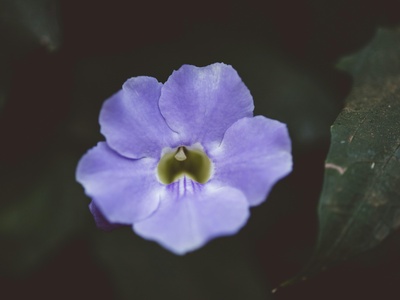
Paektu Violet
A small, hardy violet with delicate purple flowers, endemic to the harsh alpine environment of North Korea’s highest and most sacred mountain. It is a symbol of the unique and resilient flora of the country’s northernmost region.

Amur Adonis
One of the very first flowers of spring, its bright yellow, cup-shaped blossoms often push directly through melting snow. Its early arrival brings a cheerful promise of warmth and is celebrated as a tough and hopeful harbinger of the new season.

Korean Pulsatilla
Known affectionately as the “grandmother flower” (Halm꽃), its silky, drooping, bell-shaped purple flowers are covered in fine white hairs. This beloved wildflower is associated with nostalgia and respect for ancestors in Korean folklore.

Tiger Lily
A tall, striking lily with bright orange, black-spotted, downward-facing flowers. The small black bulbils in its leaf axils are used for propagation. Its edible bulbs are a traditional food ingredient, connecting it to Korean culinary heritage.

Manchurian Lilac
A fragrant native lilac with heart-shaped leaves and large clusters of pale purple flowers. It is a common sight in the wild and a parent species for many garden lilac cultivars, valued for its hardiness and beautiful spring scent.
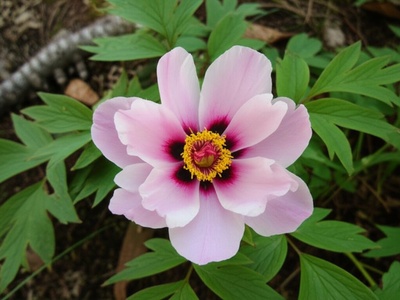
Far East Peony
A wild woodland peony species with simple, elegant single flowers that can be white, pink, or purplish-red. It is more delicate than its showy garden cousins and represents the understated beauty of North Korea’s native forest flora.
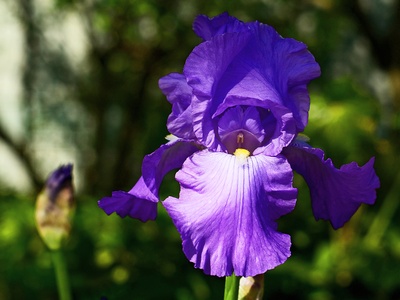
Siberian Iris
This graceful iris features slender, grass-like leaves and beautiful blue-violet flowers with intricate yellow and white markings. It thrives in the moist northern habitats of the country, adding a splash of vibrant color to wetlands.
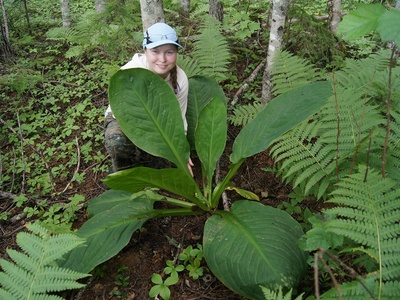
Asian Skunk-cabbage
An unusual early bloomer whose mottled purple-brown spathe (a protective hood) emerges from the frozen ground first. It can generate its own heat to melt surrounding snow, making it a fascinating example of floral adaptation.

Manchurian Violet
A common and hardy violet with the classic deep purple flower shape and heart-shaped leaves. It’s a familiar and welcome sign of spring that can be found in a wide variety of habitats across the entire country.

Korean Forsythia
This shrub explodes with brilliant yellow, four-petaled flowers that line its bare branches in early spring. It is a popular and cheerful harbinger of the season, often planted in dense hedges in parks and public spaces for its vibrant display.

Rose of Sharon
While it’s South Korea’s national flower, this hardy hibiscus is also native and widely grown in the North. This resilient shrub produces large, trumpet-shaped flowers in white, pink, or purple, symbolizing immortality in Korean culture.

Siberian Lily
Also known as the coral lily, this small, delicate lily features brilliant scarlet-red, waxy, and sharply recurved petals. It is a stunning sight in its native rocky habitat in the northern provinces, standing out with its intense color.
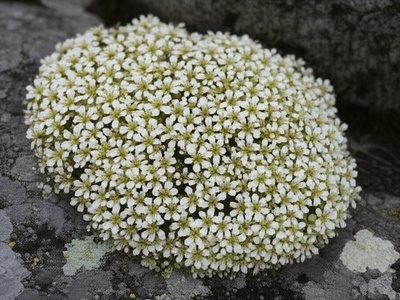
Pentactina rupicola
An extremely rare plant in the rose family, forming low mats with small, five-petaled white flowers. It is a monotypic genus endemic to rocky areas of northern Korea, making it a subject of great botanical interest and conservation.
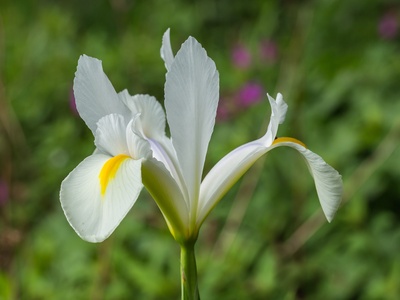
Korean Iris
A small, beardless iris native to Korea. It has delicate, pale yellow flowers and is often found growing in clumps. Its understated charm contributes to the biodiversity of the peninsula’s native grasslands and forest edges.
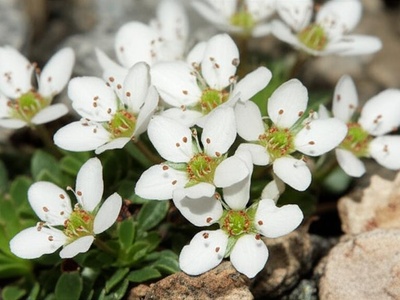
Diamond Mountain Saxifrage
A mat-forming alpine plant with rosettes of fleshy leaves and stems bearing small, star-shaped white or pinkish flowers. It is specially adapted to the high-altitude, rocky life found in the famous Mt. Kumgang range.
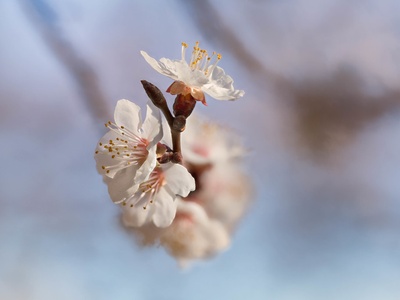
Apricot Blossom
Among the first fruit trees to bloom, its delicate pinkish-white blossoms cover the bare branches before the leaves emerge. It is a beloved symbol of resilience, the promise of a harvest, and the beautiful but fleeting nature of early spring.
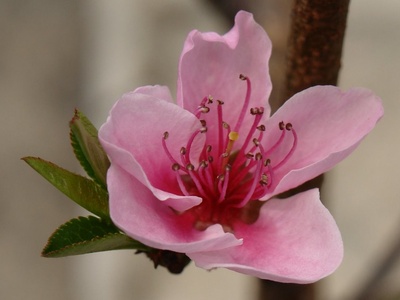
Peach Blossom
Celebrated for its vibrant pink flowers that create stunning landscapes. The peach blossom is a traditional symbol of longevity, good fortune, and feminine beauty in East Asian culture, often depicted in art and poetry.
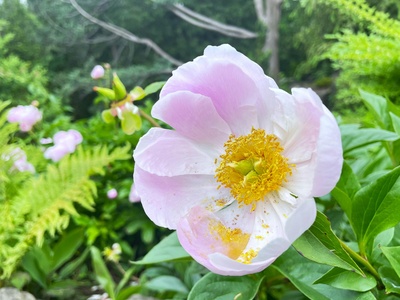
Chinese Peony
The classic garden peony, with large, fragrant, and often double-petaled flowers in shades of white, pink, and red. It is a symbol of wealth, honor, and romance, and a highlight of late spring gardens in Pyongyang and other cities.
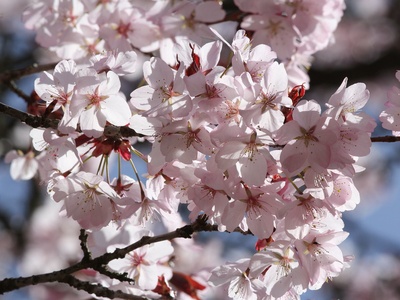
Sargent’s Cherry
A native wild cherry tree prized for its hardiness and display of deep pink single blossoms in spring. It contributes to the seasonal beauty of North Korea’s mountain landscapes, alongside other cultivated cherry varieties.

Chrysanthemum
A quintessential symbol of autumn, these flowers come in a vast array of shapes and colors. They are extensively cultivated for autumn flower shows and represent longevity, nobility, and contemplative beauty in Korean culture.

Amur Daylily
A native daylily species with bright, clear yellow, trumpet-shaped flowers. Each elegant flower lasts only for a single day, but the plant produces a succession of blooms over several weeks, gracing early summer fields with color.

Korean Bellflower
Known for its distinct, nodding, bell-shaped flowers that are typically a pale, creamy lilac with darker reddish speckles inside. It’s a beautiful native perennial that adds a touch of elegance to shady, moist garden spots and wilder areas.

Korean Dandelion
A native dandelion species with the familiar bright yellow flower heads and jagged leaves. Like its common cosmopolitan relatives, it is a hardy and resilient plant that provides an important early-season food source for pollinators.

Korean Weigela
A native deciduous shrub with clusters of pale, funnel-shaped, pinkish flowers that attract bees and other pollinators. It is a common component of the natural shrubbery on hillsides, contributing to the late-spring floral display.

Chosenia
A unique, willow-like tree adapted to dynamic riverside environments. It produces drooping catkins (its flowers) in early spring before its leaves emerge, playing a key role in stabilizing gravel bars in northern river ecosystems.
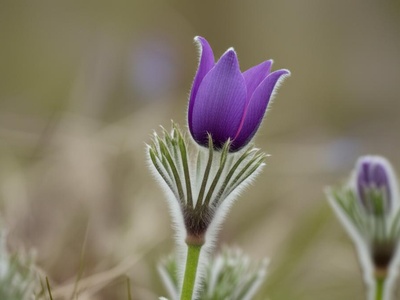
Korean Pasque Flower
A rare pasque flower species endemic to the northern part of the Korean peninsula. It features beautiful, upright, cup-shaped flowers, often a deep violet, distinguishing it from its more common, nodding relatives.

Manchurian Monkshood
A tall, stately plant with striking, deep blue-purple flowers shaped like a monk’s hood or helmet. While visually stunning in late summer, all parts of this plant are highly poisonous, a dramatic feature of the mountain flora.
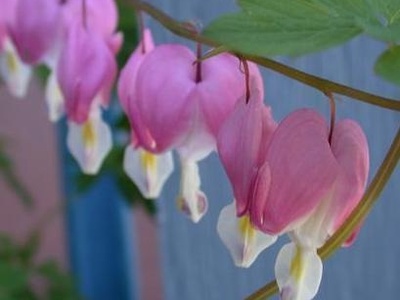
Bleeding Heart
A popular garden plant that is also native to the region. It has unmistakable arching stems of heart-shaped pink flowers, each with a white “drop” at the bottom. It thrives in cool, shaded woodlands, creating a magical effect.
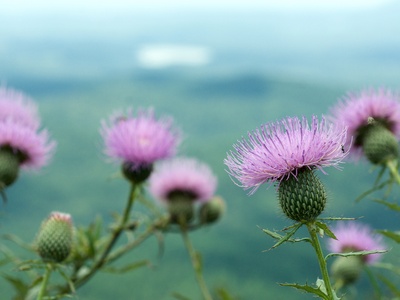
Tall Thistle
A common, robust thistle that can grow quite tall, with spiny leaves and large, nodding, purple flower heads. Despite its prickly nature, it provides a valuable late-season nectar source for butterflies and other insects.

Broad-leaved Hosta
While primarily grown for its large, waxy, blue-green foliage, this native hosta produces impressive spikes of pale lavender or white, trumpet-shaped flowers in summer. It is a foundational plant of shady forest floors.
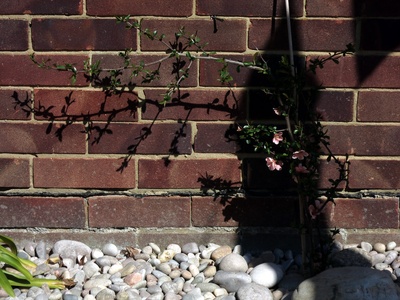
Japanese Quince
A thorny shrub that produces vibrant, cup-shaped flowers in shades of red, pink, or white on bare branches in very early spring. Its fiery blooms are a dramatic and early signal that winter is ending, often preceding forsythia.

Siebold’s Primrose
A beautiful and variable primrose with clusters of flowers in shades of pink, magenta, or white, held on stalks above crinkled, lettuce-like leaves. It thrives in moist, shaded environments, often forming large, colorful colonies.

Long-sepal Globeflower
Found in the northern mountains, this plant has striking, globe-shaped, bright yellow flowers. Its showy “petals” are actually colorful sepals that enclose the true, smaller petals within, creating a unique and cheerful bloom.

Lily of the Valley
A native variety of the beloved classic, this plant forms lush green carpets from which arise delicate, arching stalks of intensely fragrant, white, bell-shaped flowers. It is a cherished sign of late spring in shaded woodlands.
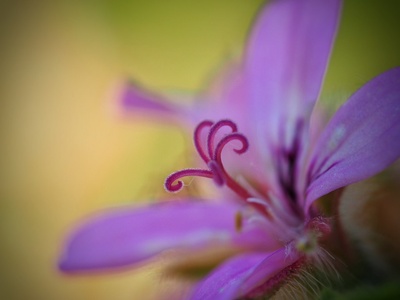
Cranesbill Geranium
A native wild geranium with deeply divided leaves and simple, five-petaled pink or purplish flowers. It is a common and charming wildflower that adds color to mountain meadows and grasslands throughout the summer months.
